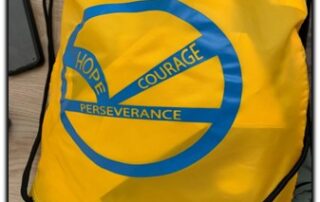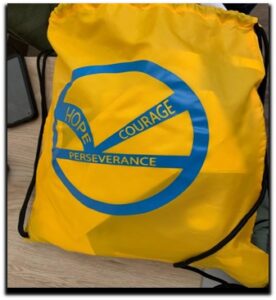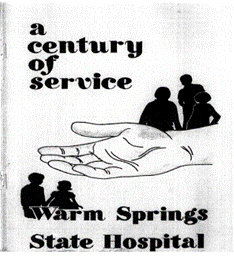The ADA: Understanding Your Basic Rights

The Americans with Disabilities Act (ADA) is a crucial piece of civil rights legislation that prohibits discrimination against individuals with disabilities in all areas of public life, including employment, transportation, education, and access to public and private spaces.
The specific structure of the ADA is divided into ‘Titles’. These separate titles speak to the specific rights people with disabilities have in various settings. Let’s break down and give a brief overview of each.
Employment (Title I)
Title I of the ADA prohibits discrimination against individuals with disabilities in the workplace. Employers with 15 or more employees must provide equal opportunities to qualified individuals with disabilities, including hiring, promotions, and reasonable accommodations to perform their job.
State and Local Government Services (Title II)
Title II mandates that state and local governments provide individuals with disabilities equal access to their programs, services, and activities. This includes ensuring physical access to public buildings and providing necessary accommodations, such as sign language interpreters or alternative formats of communication.
Title II also covers public transit systems, which must provide people with disabilities an equal opportunity to benefit from their services.
Public Accommodations (Title III)
Title III of the ADA requires that private businesses and nonprofit organizations that serve the public, such as restaurants, hotels, and retail stores, make their facilities accessible to individuals with disabilities. This includes providing ramps, wider doorways, and accessible restrooms, as well as ensuring effective communication with customers with disabilities.
Telecommunications (Title IV)
Title IV of the ADA ensures that individuals with hearing or speech disabilities have access to telecommunications services, such as telephone and internet-based communications. This includes the provision of relay services and closed captioning for public broadcasts.
Other Important Requirements (Title V)
The ADA also includes other requirements for how to implement the law. Examples of these requirements include:
- Prohibiting retaliation against a person who has asserted their rights under the ADA
- Stating that a person with a disability is not required to accept an aid or accommodation if they do not want to
- Authorizing courts to award attorneys’ fees to the winning party in a lawsuit under the ADA
- Directing certain federal agencies to issue guidance explaining the law
The Americans with Disabilities Act safeguards the rights of individuals with disabilities, ensuring their equal access to various aspects of public life. For more information on the ADA, visit the official ada.gov website, which offers a wealth of resources, including factsheets, guides, and answers to frequently asked questions.


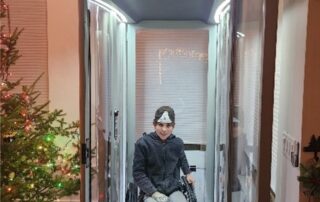
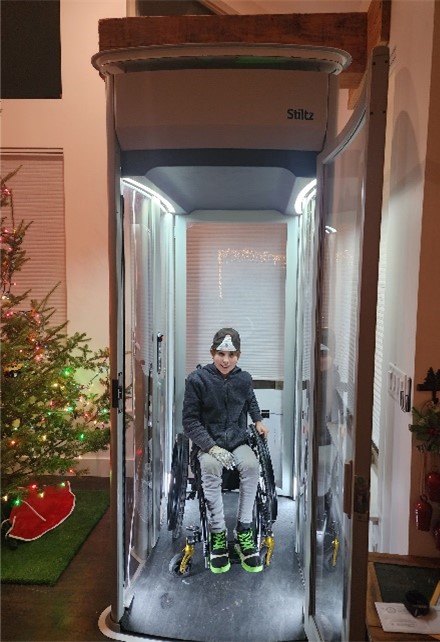 Dear Friends,
Dear Friends,